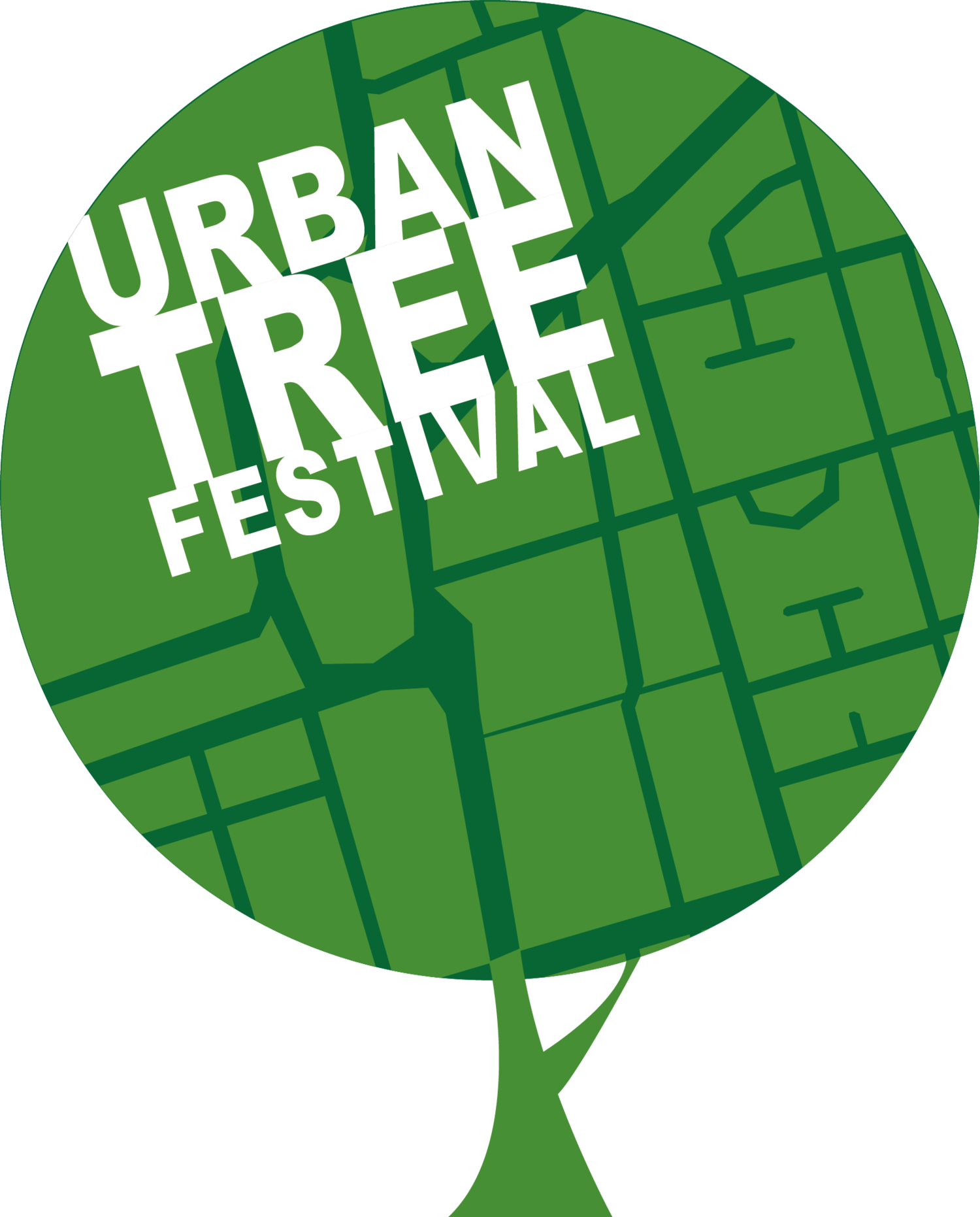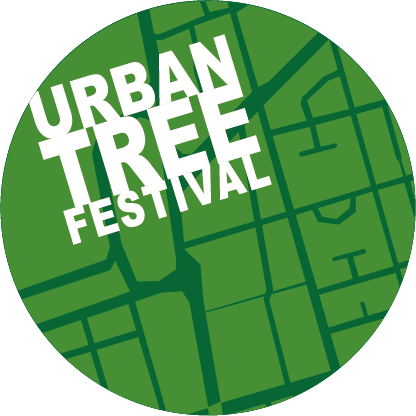In praise of natural regeneration
A guest blog by Edwin Malins – Nature Reserves Manager at London Wildlife Trust and Co-Chair of the London Ancient Tree Forum
Oak regeneration in Oak Hill Wood (Picture: Mathew Frith)
When we think of beautiful urban trees our minds can conjure images of elegant tree-lined avenues, or glorious ornamental park trees. A new urban tree must surely be planted by our hands, one way or another. These planted trees have an important role to play in our cityscape – cooling our concrete islands of heat, shading us from the summer sun, slowing the journey of heavy rains to our drains, providing havens for wildlife and a wellspring of joy for the city dwellers that pass beneath them or look out on them from their windows.
Planted trees are orderly, cultured figures. They reside in designated street tree pits and park boundaries and they fit seamlessly into the design of the urban fabric, gazing proudly out across the built-up landscape that they do so much to enhance and enliven.
But what of the trees that dare to seed themselves? What value do we place on the sprout from an errant sycamore helicopter, or on the shoot from an acorn eagerly buried a jay? These upstarts don’t contribute to those statistics in the political bidding war on tree planting numbers. They might not be the species that we value most highly. They might not grow to be tall and elegant because of the difficult or overcrowded conditions where they have rooted.
But they are feisty and determined. Their roots spread freely from day one, rather than being cramped in a nursery. Those that survive to maturity will be the winners in the lottery of access to water, nutrients and sunshine. They are the descendants of locals – the natural regeneration of your neighbourhood’s tree lineage going back many generations.
Oak regeneration in Dulwich Wood (Picture: Sam Bentley-Toon)
Perhaps you have heard variations on the theme of “right place, right tree”. This mantra is meant as a reminder to all of us not to damage valuable open, sunny habitats such as heathland or chalk grassland by planting trees on them. It is something we must remember when considering natural regeneration too. But finding suitable places in the urban landscape to step back and allow the natural succession of tree colonisation is often not that difficult, it just requires a change of mindset. Are we ready to allow a tidy and functional area of amenity turf in the corner of a playing field to gradually slip away from our control? Can we tolerate a vibrant grove of sycamore, birch and bramble where we could have planted decorative ornamentals? Even if these aesthetics aren’t to everyone’s taste as our new regeneration areas develop, they will better shelter and nourish our urban wildlife all the same.
So when we plan our towns and cities, let’s not forget that trees planted themselves for a long time before we even inhabited the planet. Yes, let’s plant trees where they require a helping hand and let’s protect and create open habitats too, but let’s also allow our trees much more room for manoeuvre to provide the foundations of a nature recovery network.



